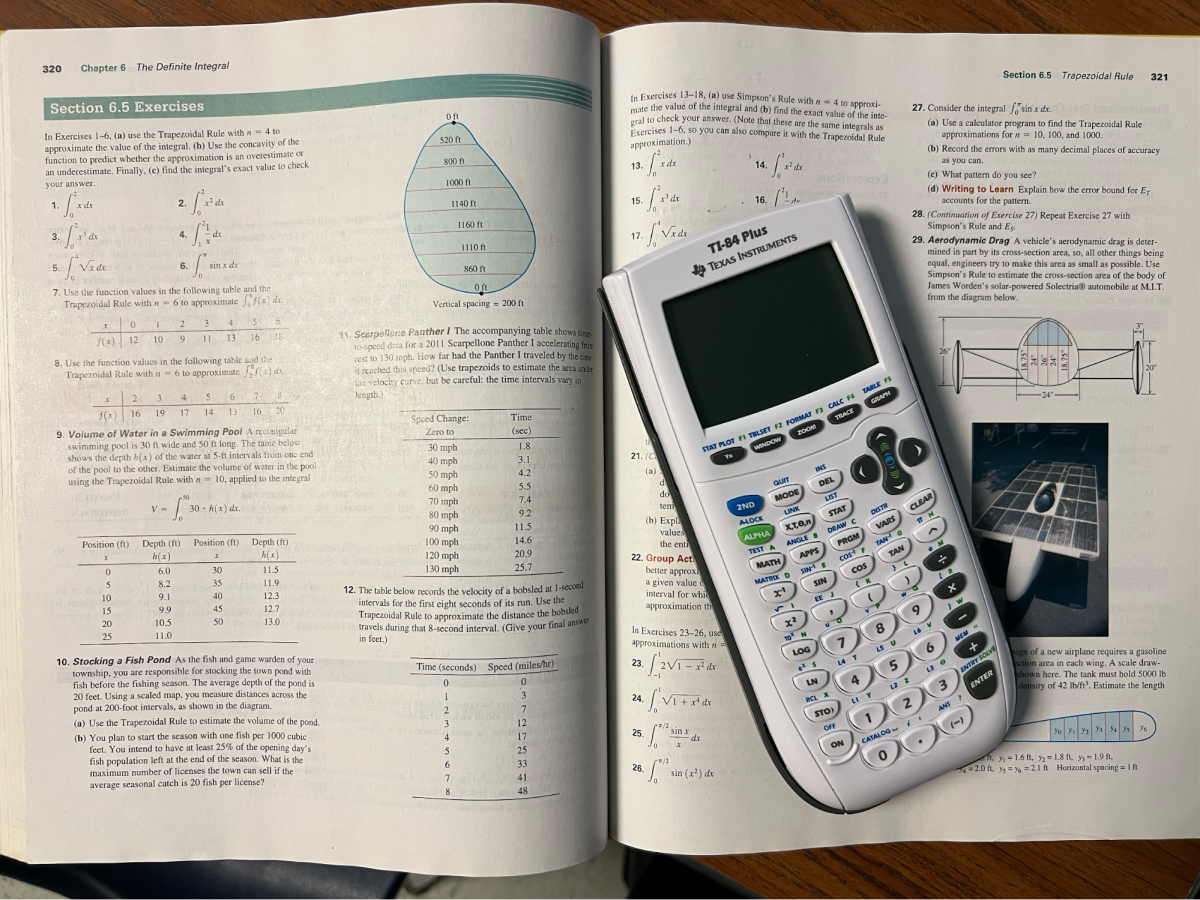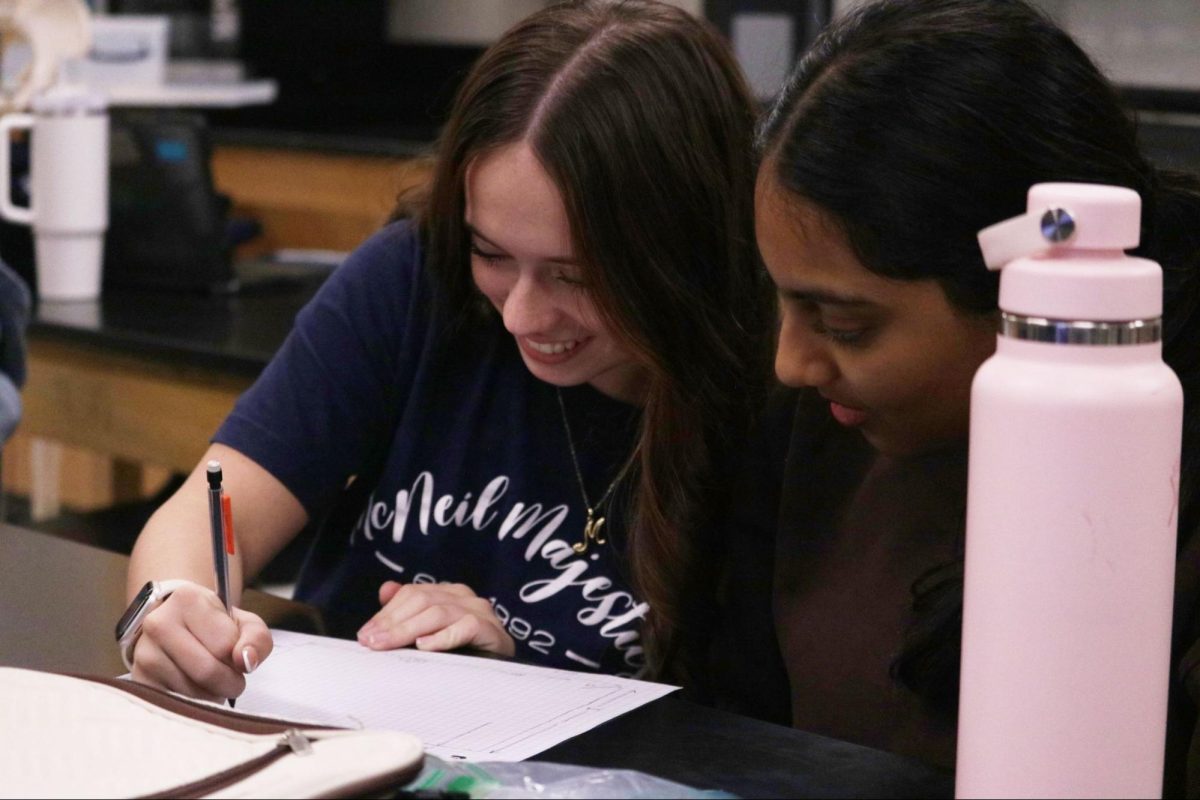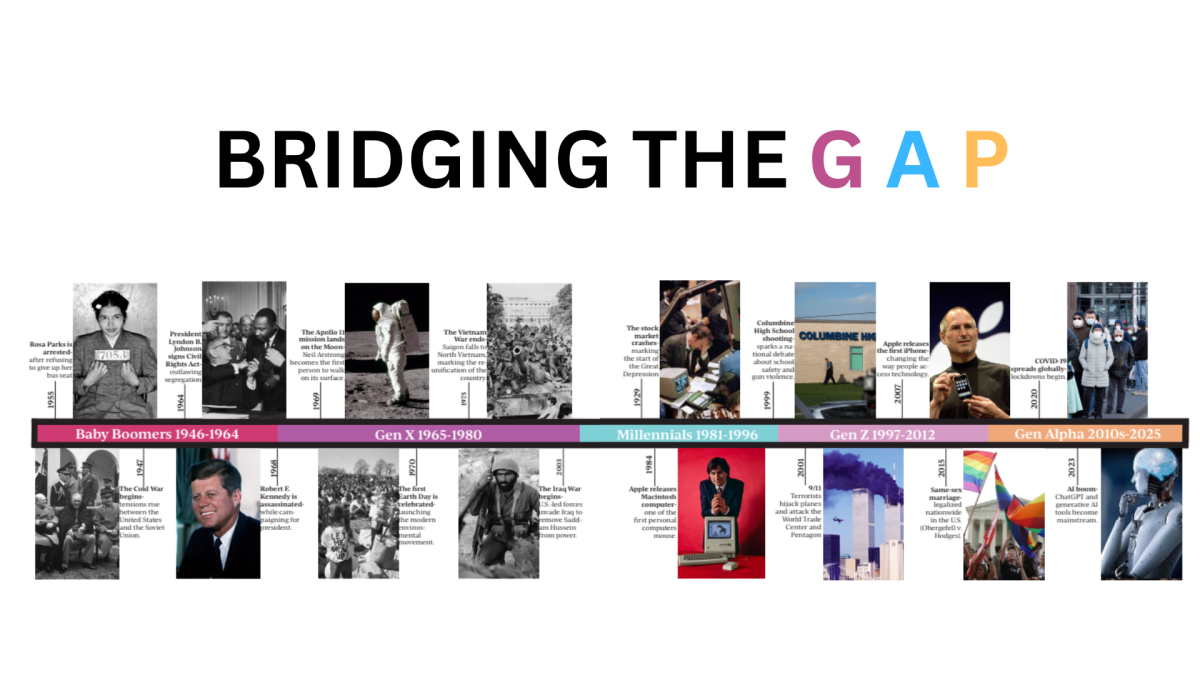On Oct. 7 and 8, AP Physics performed a lab about finding the mu, the coefficient of friction, of a shoe in order to understand the process of finding the mu of an object.
“The lab was about how to calculate forces in physics,” junior Janai Pragalbha said. “I learned that different weights can affect how much force is needed to be applied. We are learning about forces so this helps us learn how to measure the forces and see how they act on objects.”
Physics is currently in unit two which is about forces and how to measure and calculate them and free body diagrams.
“They have to find the static friction and kinetic friction,” physics teacher Akshara Sudhakaran said. “Using the force sensor and then graph it and find the coefficient of friction. It worked well but since they were doing it for the first with the force sensor and everything we had to extend our time.”
Students used a force sensor and connected it to their computer using a Vernier extension.
“First, we had to attach one of our shoes to this machine,” Pragalbha said. “Then we would connect this machine to our chrome books so we could see a graph on the extension and we would calculate the maximum and mean of parts of the graph to find the static friction and kinetic friction.”
Junior Rachel Abraham would recommend taking AP physics for students who enjoy challenging classes.
“Physics itself is pretty confusing,” Pragalbha said. “I would recommend taking AP physics for those who need it for their major, but otherwise if you struggle in math I would not recommend it [unless you want a challenge].”




















